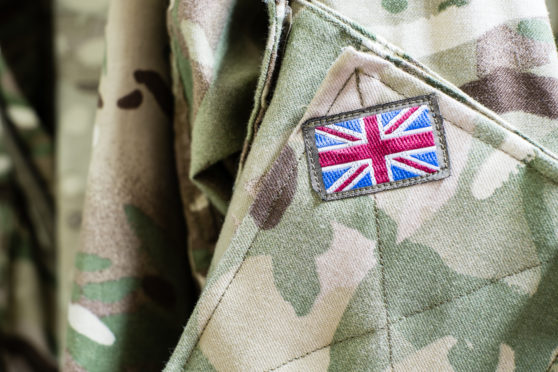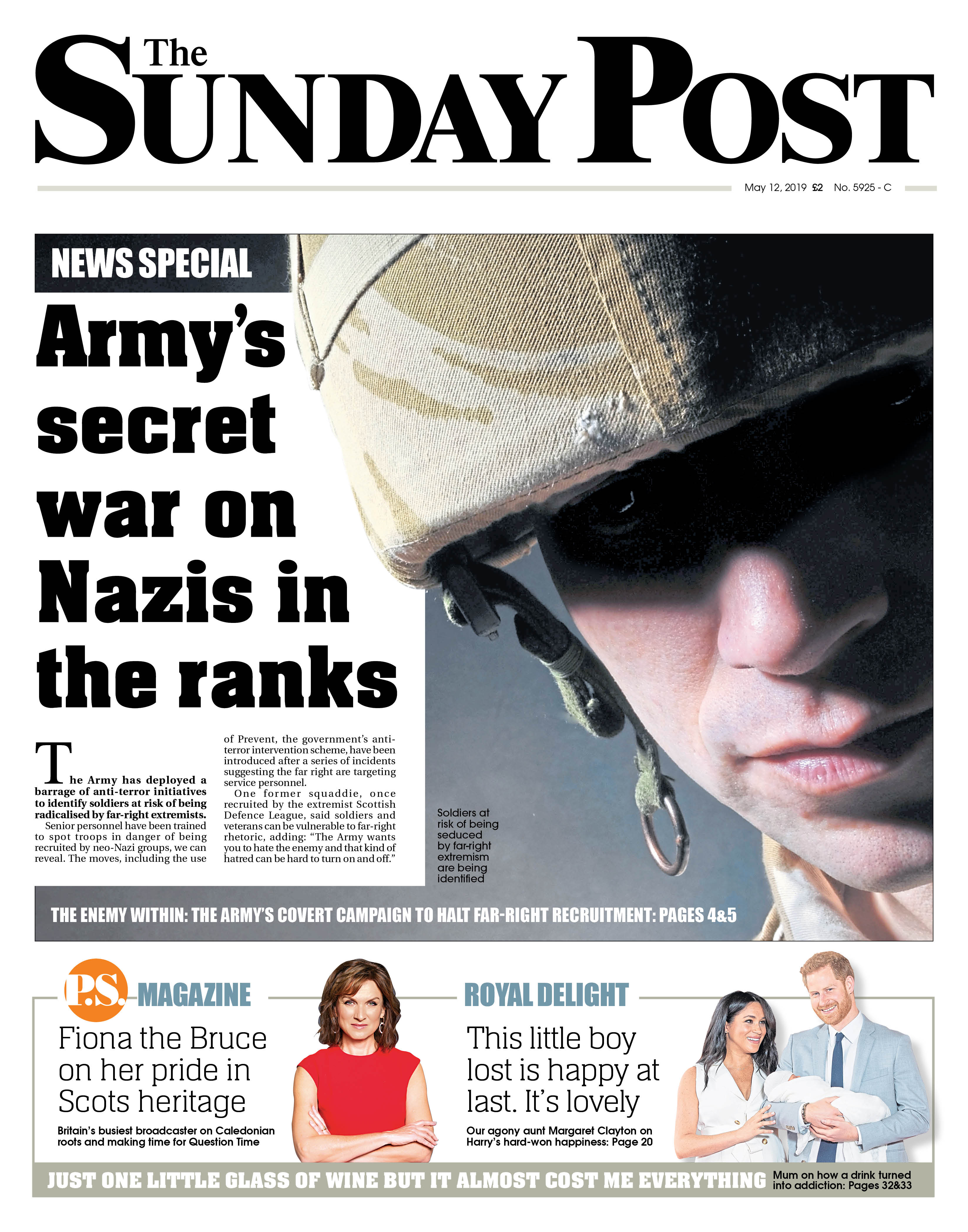
Five military personnel have been referred to a counter- terrorism intervention programme over far-right concerns.
The Ministry of Defence confirmed the referrals to the Prevent programme after we revealed mounting concern about the far-right infiltrating the services last week.
We can also reveal that recruits photographed with far-right activist Stephen Yaxley-Lennon, aka Tommy Robinson, were warned following an internal investigation that they must not engage in any future political activity.
Last week we reported that the military is using counter-terrorism programmes to identify soldiers at risk of radicalisation.
Referring troops to Prevent is part of a drive against far-right infiltration, as officers work with police and Home Office teams to stop personnel joining neo-Nazi groups.
Concerns over links between the armed forces and far-right groups escalated last year after the conviction of Lance Corporal Mikko Vehvilainen, a white supremacist who was jailed for eight years.
The Afghan veteran was found guilty of belonging to National Action, a banned neo-Nazi terror group with an offshoot called Scottish Dawn, also proscribed.
The UK Government’s Prevent policy is a key part of its counter-terrorism strategy and places a duty on public bodies to “prevent people from being drawn into terrorism”.
In 2017/18, out of 7,318 referrals, 1,312 related to right-wing extremism with five of those made by the military, the MoD said.
Asked if the five personnel were still serving the MoD said it cannot comment on individual cases.
An MoD spokesman said: “But, in general, any extremist ideology is completely at odds with the values and standards of the military and anyone involved in extremist activities can expect to be discharged, as well as subject to appropriate action from the civilian authorities if they have broken the law, such as being a member of a prescribed organisation.
“If individuals referred to Prevent comply with the necessary intervention, they can be re-educated and could continue to serve.”
The MoD issued a new Prevent policy in March with personnel now encouraged to complete Home Office online training that “raises awareness of Prevent and highlights the signs and symptoms of vulnerabilities that are indicative of radicalisation”.
The Home Office said that being referred to Prevent is not a criminal sanction and has no bearing on a person’s education or career prospects.
Once police or Channel – a multi-agency programme which is part of Prevent – assess that vulnerabilities have been addressed and no concerns remain, the case is closed.
As regards to the Yaxley-Lennon incident last year, the MoD said: “Following this incident, the recruits were reminded of the Army’s values and standards and of their responsibilities as professional soldiers to uphold the service’s apolitical position.”
However, Unite Against Fascism said: “Given so many recruits from one small group were enthusiastic about being photographed alongside Tommy Robinson, ex Nazi BNP member and violent racist, it seems unlikely that across the whole MoD there’s only five extremists.
“Again it shows the MoD is dragging it’s heels dealing with a well known internal problem.”

Enjoy the convenience of having The Sunday Post delivered as a digital ePaper straight to your smartphone, tablet or computer.
Subscribe for only £5.49 a month and enjoy all the benefits of the printed paper as a digital replica.
Subscribe